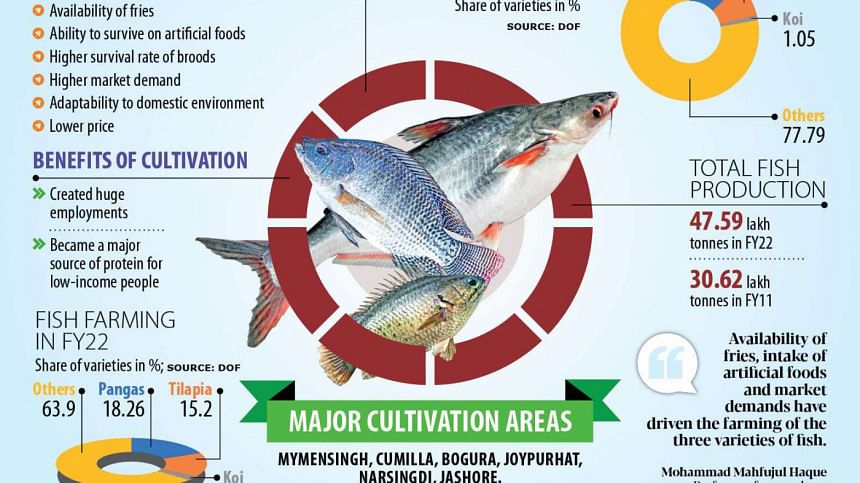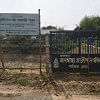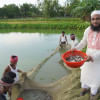Three fish varieties that revolutionised aquaculture

Bangladesh witnessed a massive growth in fish production in the last 12 years through aquaculture driven by a surge in yield of three fish varieties, namely pangas, tilapia and climbing fish (koi).
Increased farming has made the three varieties a major source of protein for low-income families while creating jobs and income opportunities for thousands of people in rural and suburban areas.
The annual production of cultured pangas was 1.55 lakh tonnes in 2010-11 and it rose by two and a half times to 3.95 lakh tonnes in the 2021-22 fiscal year, according to the Department of Fisheries.
Similarly, the output of tilapia surged 3.36 times to 3.29 lakh tonnes from 97,909 tonnes and climbing fish production jumped 350 percent to 57,244 tonnes during the period.
Thus, overall fish production using cultured processes has almost doubled in Bangladesh, increasing from 11.99 lakh tonnes to 21.66 lakh tonnes between FY11 and FY22.
Fish culture is the process of raising species of fish in captivity and managing them and their environment to improve growth and reproduction.
"The availability of fish fries, intake of artificial foods and market demands have driven the farming of the three varieties of fish," said Mohammad Mahfujul Haque, a professor of aquaculture at the Bangladesh Agriculture University.
The Bangladesh Fisheries Research Institute (BFRI) introduced pangas in the country in the 1990s after bringing their fries from abroad. Gradually, the fish became popular among the middle- and lower-income groups across the country as well as the urban poor.
"It has become a great source of animal protein," Haque said.
The survival rate of pangas fries is almost 100 percent, which has attracted farmers in various regions of the country, including Mymensingh, Cumilla, Bogura, Joypurhat, Narsingdi and Jashore.
For example, there are 1.12 lakh fish farmers in Mymensingh, mostly in Trishal, Gouripur, Phulpur, Tarakanda, Bhaluka and Muktagacha upazilas, according to Dilip Kumar Saha, district fisheries officer.
Among all the agricultural sectors, fish farming has created the most jobs, said Mahfujul Haque.
"In every step of fish farming and marketing, a huge manpower is involved."
Jahangir Alam Khan, an agricultural economist, says the cultivation of the three fish varieties has expanded in the local areas as it is easy to produce and growers can farm them in ponds while end-consumer can buy them cheaply.
"Had farming technologies not expanded, fish would not have reached the plates of the poor at such a lower price."
The farming of pangas, tilapia and climbing fish has contributed immensely to raising the total output of the key protein source in the last decade.
Fish production totalled 47.59 lakh tonnes in FY22, up more than 55 per cent from 30.62 lakh tonnes in FY11. This gave cultured fish a share of about 45 per cent in the overall output.
Led by the farming of pangas, tilapia and climbing fish, output is growing at more than 8 percent annually.
Abu Raihan, a fish farmer in Trishal of Mymensingh, has been cultivating pangas for eight years and the business is now more profitable than in the previous years.
The price of fish, including pangas, has increased in recent months
Now pangas is being sold at Tk 130 to Tk 150 a kilogramme in the wholesale market in Mymensingh. The retail price is Tk 200 to Tk 230.
Raihan, the owner of Taposi Agro Complex in Dhanikhola, says since tilapia cultivation is completely dependent on floating feed, farmers sometimes face higher costs when prices go up.
Farmers want hassle-free cultivation and a desired profit, so they usually go for pangas instead of tilapia, said Sumon Miah, proprietor of Sumon Fisheries in Boilor of Trishal.
"Pangas, tilapia and climbing fish are also called the "meat for the poor" owing to their availability at comparatively lower prices," said Shankar Chandra Mandal, associate professor at the Fisheries Department of the University of Dhaka.
He also credited local fisheries officers for the expansion of the varieties of fish in the remotest parts of Bangladesh.
"When I can afford, I purchase pangas as it is cheaper than other varieties," said Abdur Rahman, a rickshaw-puller at Mymensingh's Mechhua Bazar, a kitchen market for fish.
During a visit to the capital's Agargaon kitchen market on Thursday, Abdul Kaiyum, a fish trader, said he usually brings pangas and tilapia from Cumilla and his customers are mostly low-income people.
"Although I have brought some other fish such as rui and butterfish, the demand for pangas is high."
Recently, the prices of tilapia have increased to Tk 250 from Tk 200 several weeks ago, sending its demand to fall, he said.
Yahia Mahmud, director general of the BFRI, said Bangladesh has the potential to make pangas value-added produce and export.
So, the state-run institute introduced "white pangas" seven years ago and it is attracting the attention of farmers, he said, adding that white pangas has higher demand in other countries.
According to Mahmud, Vietnam is the export leader in pangas but Bangladesh can easily make a foray into the market while expanding cultivation and creating employment opportunities.

 For all latest news, follow The Daily Star's Google News channel.
For all latest news, follow The Daily Star's Google News channel. 








Comments